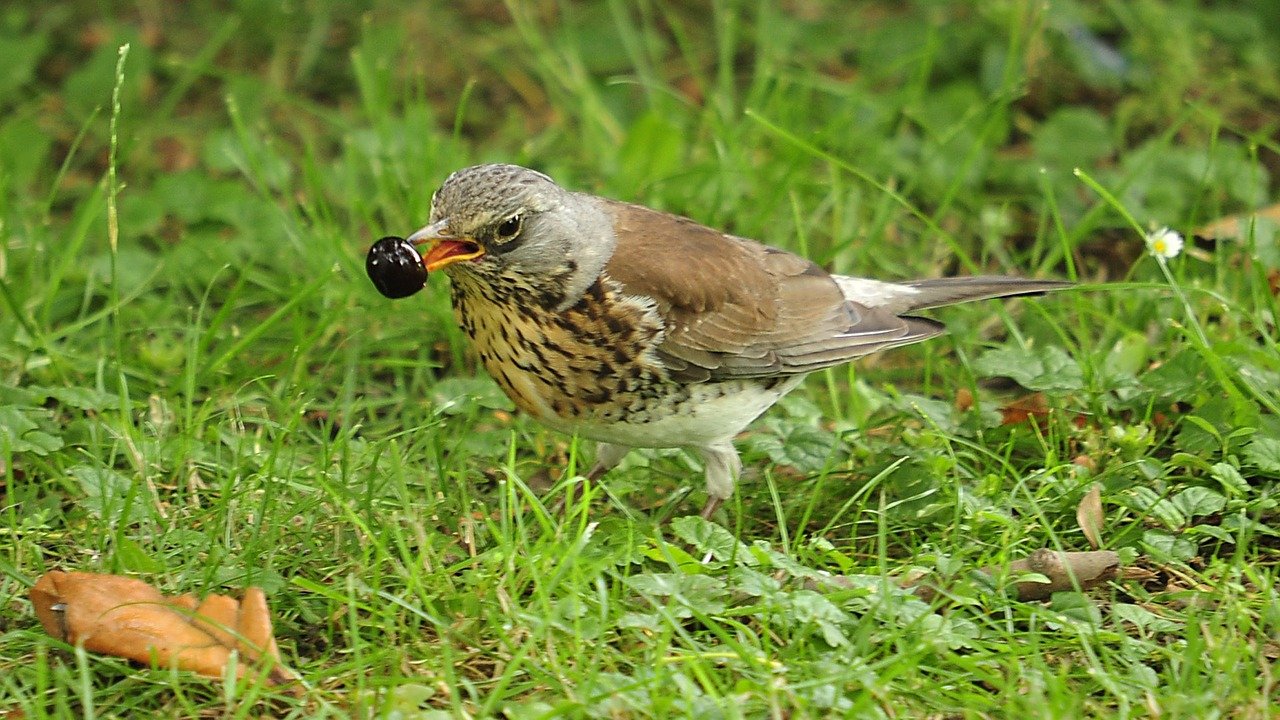Bird fauna changes in a small urban park in South Sweden, over a period of 34 years
DOI:
https://doi.org/10.34080/os.v26.22529Keywords:
urbanisation, garden birds, population studies, population changes, passerines, Passeriformes, survey, monitoringAbstract
The density of birds in urban landscapes, including parks, is poorly known. In this study we present surveys of a small city park in south Sweden. The surveys were conducted in April–June 1980 and in May–June 2014. The study plot has an area of 5.1 ha. We found 143 pairs of 22 species in 1980 and 151 pairs of 26 species in 2014 (2,800 and 2,960 pairs/km2). Turdus pilaris was the most common species in 1980 and Columba palumbus in 2014. Three species showed significant decline: T. pilaris 38 to 15 pairs, Fringilla coelebs 12 to 5 pairs and Carduelis chloris 18 to 12 pairs, while Turdus merula increased from 11 to 15 pairs. Two species, T. merula and Sylvia atricapilla, nesting both 1980 and 2014, showed increasing numbers that are consistent with these species’ population increase in Sweden. The bird densities in this study are considerably higher compared to what is generally observed in southern Sweden. Further study is required to establish whether the high densities are due to chance or edge effect.
Downloads

Downloads
Published
How to Cite
Issue
Section
License
The copyright of each contribution belongs to the author(s), but all contributions are published under a Creative Commons license, so that anyone is free to share and reuse the contribution as long as the copyright holder is attributed.







